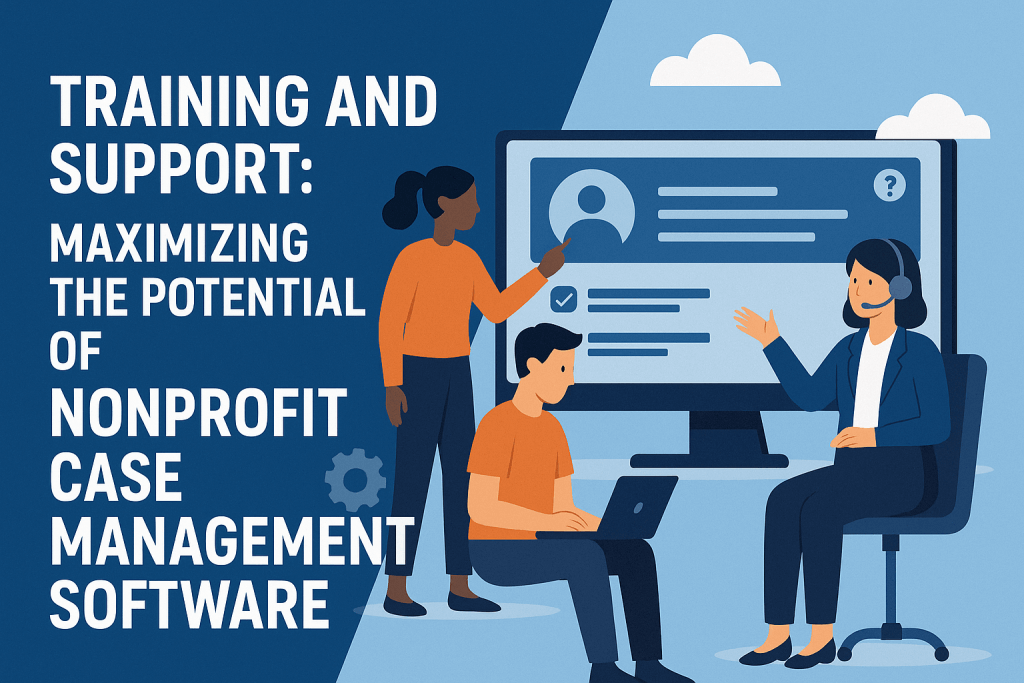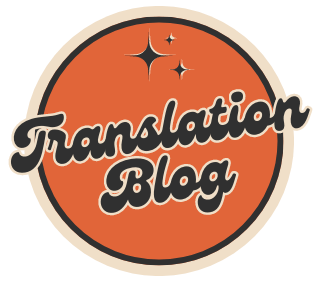New software is only as good as its worst user experience
Let’s not sugarcoat it, rolling out new technology at a nonprofit can feel like launching a rocket with duct tape. You know it’ll be worth it if it works, but the first few weeks? Confusion, hesitation, and at least one person printing out screens and taking notes by hand.
And that’s the reality for many teams adopting non profit case management software. The tool might be powerful, but if your staff doesn’t understand how to use it, or can’t get help when they hit a wall, efficiency goes out the window, and morale follows close behind.
That’s where strategic training and ongoing support change the game.

Why Training Isn’t Just a Nice-to-Have
Picture this: You’ve just implemented a sophisticated new system to track cases, generate reports, and store documentation securely. But only one person really knows how to use it. Everyone else? Clicking around like they’re in a digital escape room.
That’s not just frustrating, it’s dangerous. Incomplete records, missed deadlines, and bad data can cost nonprofits more than just time; it can jeopardize funding or client outcomes.
The point of non profit case management software is to make your work easier, not add a layer of confusion. And that only happens when your entire team is properly trained.
The Best Training Is Role-Based and Realistic
Here’s the thing: no one wants to sit through a three-hour generic software demo that feels like it was made for someone else’s job. Training should feel like, well, training, not a lecture.
Great providers offer role-based training tailored to what different team members actually need. Intake specialists? They learn how to quickly log new cases. Program managers? They get into reporting dashboards. Admins? They master customization, user permissions, and workflow settings.
Even better when the training is interactive, live sessions, sandbox environments, scenario-based walkthroughs. Because let’s be honest: clicking buttons while someone watches is the fastest way to learn what not to do.
Support Shouldn’t Feel Like a Bottleneck
Training is step one. But support? That’s the lifeline.
Nonprofits often operate on the edge of capacity. When something breaks or a user gets stuck, waiting three days for an email reply isn’t just annoying, it’s operational risk. That’s why ongoing support is a non-negotiable for any non profit case management software worth your budget.
Good support looks like:
- Live chat or phone support, not just ticket-based emails
- Help center articles, videos, and quick-start guides available 24/7
- Dedicated account reps or success managers who know your team and your goals
- Product updates explained in plain English (not just “Patch v12.4 deployed”)
Scaling Up Without Starting Over
Another perk of solid training and support? It grows with you.
Hiring new staff? Training shouldn’t mean pulling a seasoned employee off their work to teach someone else where the “Save” button is. With repeatable, well-documented onboarding (often built into the software itself), you can scale your team without losing productivity.
And as your programs evolve, new services, new reporting needs, new grants, your software training evolves with you. You shouldn’t have to reinvent your workflow just because the state updated a form.
Software Isn’t Self-Help. You Deserve a Partner.
The best tech partnerships go beyond a product demo. They ask: How does your organization work? What’s frustrating you? Where are you wasting time?
Because most nonprofits don’t need more features. They need the right features, supported by people who understand that “mission-driven” doesn’t mean “tech-illiterate.”
Choosing the right non profit case management software is as much about the people behind it as the code inside it. At Casebook, that means intuitive design, responsive support, and a team that actually listens when your needs change.
Final Word: Software Isn’t a Magic Wand. But Training Makes It Close.
If you’ve ever seen a nonprofit limping along with a powerful platform they barely know how to use, you understand the problem. It’s not a software issue, it’s a support gap.
Training turns confusion into confidence. Ongoing support keeps momentum going when things get messy. And that combo? That’s how nonprofits unlock the full potential of their tools.
So if you’re investing in non profit case management software, don’t just ask what it can do.
Ask who’s going to help you do it.
And if they don’t have an answer? Keep looking.

